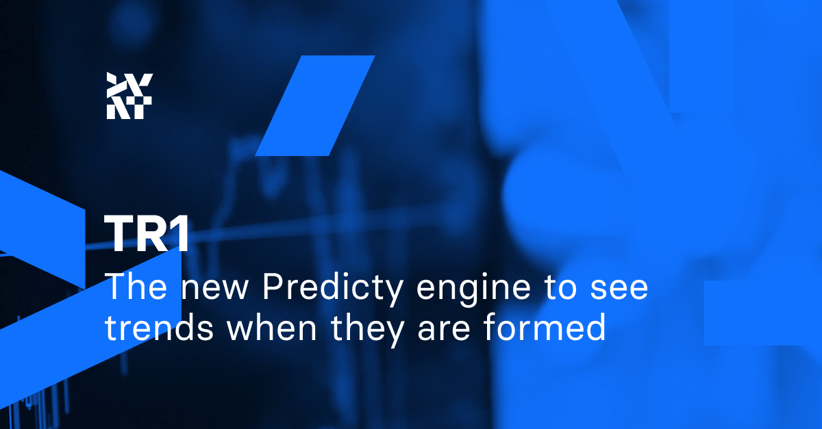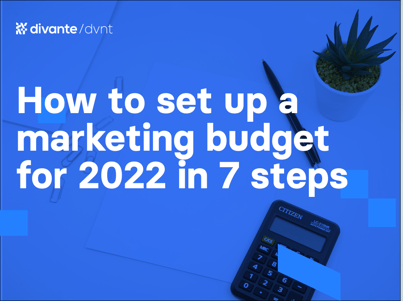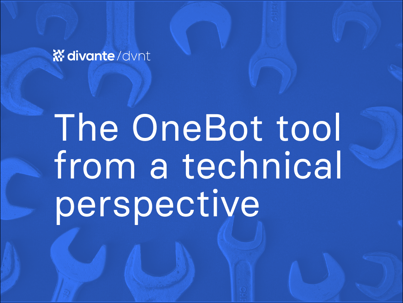Almost every day, new products and services appear. Some pass quickly. Others conquer other countries and local markets, becoming timeless fashions that remain permanently in the minds of buyers, marketers, and advertisers. Some trends can last longer, but we also forget those that last just a few months or even weeks.
In the past, specific fashion trends lasted much longer than just one season. For example, you could wear the same skirt or pair of shoes for several years without worrying about them going out of style. Fashions for specific cuts or materials lasted a decade on average. The changes in trends were so distinct that even someone not interested in fashion could easily distinguish 1960s outfits from those of the 1980s. Today, however, trends change so quickly that much of the styling loses its fashion status as soon as the season passes
The traditional method of predicting trends
How can you predict trends correctly? Where do you find out about them? Trend forecasts are based on data analysis from various fields, including sociology, economics, politics, culture, demography, and industry. The conclusions are drawn on this basis show where the world is moving and how consumer expectations and needs are changing. The predicted trends are then collected in the so-called trend books, which go to the most prominent fashion brands but not only them because other industries also benefit from trend forecasting.
Currently, trend forecasting and monitoring play an important role in business. Accelerated consumption of goods and an increased appetite for new products increase the volume of production. This means that fashion giants must accurately predict new trends and prepare their offerings accordingly. Collections that do not meet the interest of a mass clientele automatically mean big financial losses for a particular brand. It can be said that today's prediction and analysis of consumer trends is literally worth its weight in gold.
A new approach to forecasting trends
However, in a rapidly changing environment where conditions are as unpredictable as a pandemic, it becomes apparent that such forward planning may not be enough. After all, what about the fact that forecasts two years earlier predicted what would be in fashion in 2020? The most popular product suddenly turned out to be tracksuits, and the brands that had these clothes in their range saw significant growth.
When we launched Predicty, we knew that lengthy analyses and predictions have nothing to do with today's world, especially in the era of a pandemic and constant changes in restrictions. Our main goal was, and still is, to allow users to check the facts and run daily simulations based on the most up-to-date data.
What is the TR1 engine?
Knowing how important trends are in business because they’re the basis for planning and allocating funds and resources, we were convinced that our tool must include an engine responsible for trends. So, TR1 was created.
However, one of the priorities was to capture changing trends immediately. We decided that TR1 should cover areas where there are real users and their needs, namely search engines.
TR1 works by collecting historical data, search volume trends, and performance metrics related to search phrases, then clustering them with tags to build demand clusters individually for each brand. A unique feature of the Trend Engine is also the ability to collect and compare historical data to understand the evolving search demand. You can focus on keywords that are important to the brand or choose specific areas to discover and explore. The engine relies on both organic results and campaign analytics, like PPC and SEO.
Example of using TR1
Let’s say you have a shoe business. Normally, traffic is around 10 searches per day, but you notice a sudden increase. The search engine clusters keywords to identify a particular trend, like for example, leather shoes. This lets you know to what extent you should additionally stock your shop with these specific items.
If you use TR1 for paid campaigns, you may find that the brand cluster for certain campaigns has a potential of 20,000 clicks, but you only reach 5,000, so it's worth investing in or focusing on. It also works the other way around. You can spot campaigns that are over-invested in because the trend is smaller than the supply.
You get actionable insights for specific outcomes. For example, you only have 5% of the market share of a certain cluster, and you have the potential to get XX %.
A unique feature of TR1 as an automated search engine is that it finds and creates clusters for both short head and long-tail keywords. This is an innovative approach because the traditional approach ignores this data even though it’s the natural language of consumers. Manual clustering of long-tails is not possible, and also analyzing this amount of data is not simple. Depending on your sector, TR1 can analyze up to 5 million sector-relevant keywords monthly.
Differentiation from existing tools
The marketplace offers tools to collect and clarify data from search engines, but none of them offer grouping specifically for your brand with your assortment specifications. Also, they focus on just a few hundred or thousand keywords. Predicty's TR1 is the first such solution on the market. In addition to analyzing facts and predicting trends, it also allows you to find niches or markets. This can be particularly attractive for new stores, new collections, or even new markets. It creates a specific cluster for your niche, along with historical data, while analyzing up to 5 million keywords grouped for specific keywords for specific brands.
An important innovation is the introduction of comparison with long-tail keywords. Long-tail keywords are “unpopular” searches, but they are highly concentrated by intent and are conversion interest. But the most important reason for analyzing long-tail keywords is because they are responsible for over 90% of all search queries.
TR1 also places great emphasis on identifying customer needs. You can see how search volume is evolving for brands, attributes, etc. So you can quickly see a rise in the trend, for example, for pink, and adjust your assortment and campaigns.
TR1 is based on APIs, so you can quickly connect it to, for example, Google to collect data directly from there. Of course, you can fetch the enriched data through our APIs.
What’s it all mean?
The new prediction engine in Predicty, TR1, is a change in the approach to forecasting. Especially in a rapidly changing environment, as the pandemic has shown, it’s imperative to be able to make predictions whose results are faster than those calculated in years. With TR1, you can predict trends directly for your brand in the verticals that matter to you. However, if you don't know what to expect, TR1 will help you find a niche and potential new paths. Sounds interesting? Let's have a call or write to sswiatkiewicz@divante.com
Published February 17, 2022












